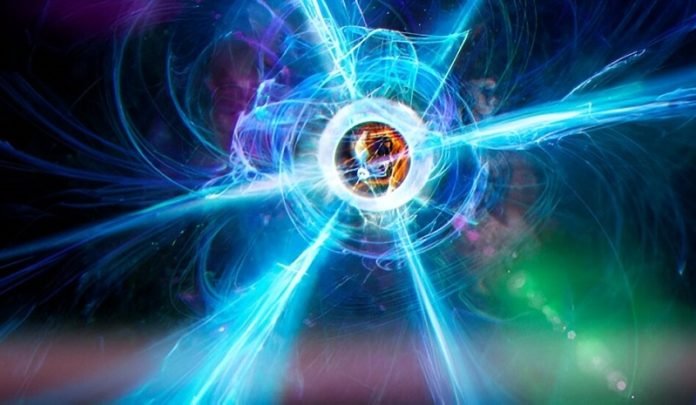
Scientists have made a groundbreaking discovery that feels like something out of “Alice in Wonderland.”
They have found something called an “Alice ring,” which proves a theory about magnetic particles called monopoles that has been around for decades.
Professors Mikko Möttönen from Aalto University and David Hall from Amherst College have been studying monopoles for a long time.
This new finding is a major milestone in their work.
First, what are monopoles?
We all know magnets have two sides: a north pole and a south pole. But imagine a magnet with just one pole—either north or south.
That’s what a monopole is. Scientists have been trying to study these single-poled particles, but it’s not easy. Monopoles are really tricky to make and even harder to keep around because they disappear very quickly.
How did the researchers make a monopole? They took rubidium gas and cooled it down to near absolute zero, which is super cold. Then, they used a special magnetic field to create a monopole in this icy gas. The monopole doesn’t last long, though. It decays (breaks apart) into something called an “Alice ring.”
Möttönen explains it like this: Imagine a monopole as an egg sitting at the top of a hill. If you disturb it even a little, it rolls down the hill and breaks. In the same way, any small disruption makes the monopole turn into an Alice ring.
The Alice ring is a really interesting thing. From far away, it looks like a monopole. But up close, it’s a ring where the center seems to act like a portal to a world of opposite charges. In simple terms, if another monopole goes through this ring, it would flip and become its opposite.
Hall says that when you look through the center of the Alice ring, it’s like stepping into a world of antimatter instead of matter. Möttönen adds that the structure of the Alice ring means it has to act this way. It’s like it’s built to flip the charges of other monopoles.
This research was mainly done at Amherst College, where Alina Blinova, a Ph.D. student, played a big role. She said it’s “amazing” to have such a big discovery at the end of her Ph.D. journey.
Meanwhile, Möttönen’s team did computer simulations to double-check the experiments. Both teams agree: their findings open doors to new areas of study in the world of particle physics.
So, why is this important? It helps us understand more about the weird and wonderful world of quantum physics. And who knows? Learning more about Alice rings and monopoles might one day help us understand the universe a whole lot better.
Follow us on Twitter for more articles about this topic.
Source: Aalto University



